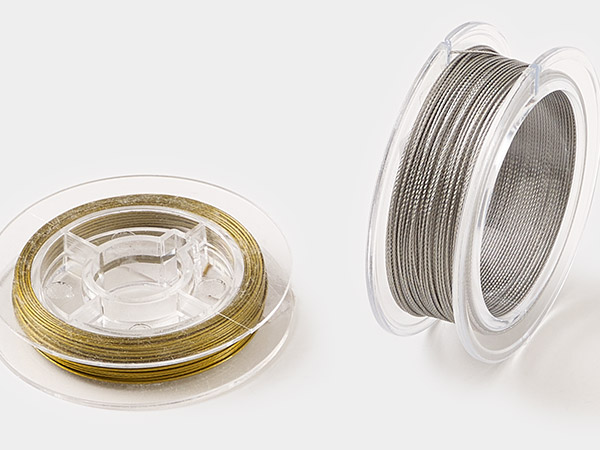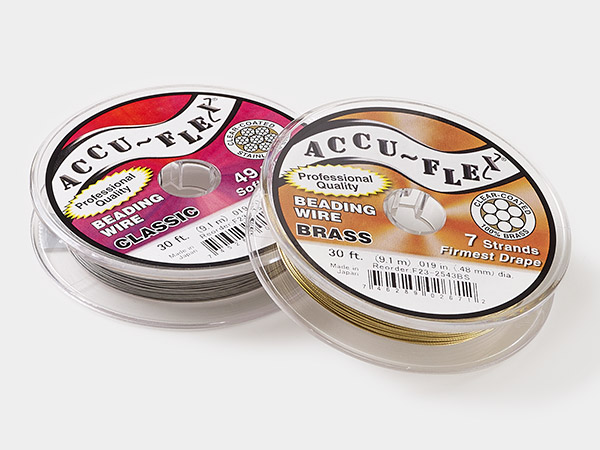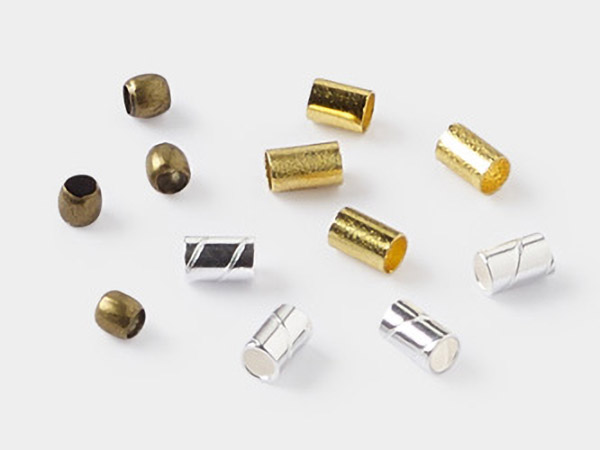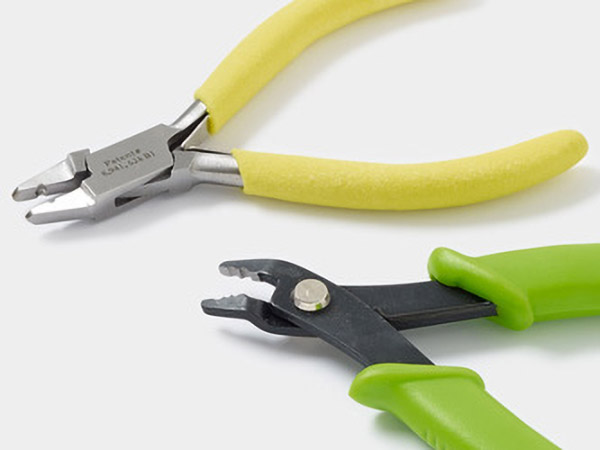Ask the Experts Beading Wire Q&A
What is the difference between "tigertail" wire and regular beading wire? Which is the strongest for lanyards and badge holders? Thanks
- Denise
Tigertail™ is an economical type of stringing wire made with 7 stainless steel cables that are braided together, then coated with a layer of nylon. It is recommended for beads with sharp holes or rough edges around the bead hole. Tigertail is not kink-resistant, so when it kinks, those kinks cannot be worked out. Tigertail should be closed off with crimp beads.
Accu-Flex® beading wire is a flexible, kink-resistant stringing wire that has a large number of thin stainless steel cables braided together and finished with a nylon coating. There are four different strand counts; 7-strand, 19-strand, 21-strand and 49-strand. Each one provides a different level of flexibility, strength and affordability. 49-strand is the most flexible and the strongest.
Within each strand count, there are different diameters to suit the size bead and bead hole, i.e., 0.012-inch diameter is a great choice when working with cultured freshwater pearls and 0.024 is ideal for larger-hole or heavier beads. Crimps are used to secure this beading wire to a finding once the beads have been strung on. The smaller diameter varieties of beading wire can also be knotted to finish the design (although crimping is recommended).
For a long lanyard/badge holder, choose from the variety of Accu-Flex for its flexibility and tensile strengths and to avoid permanent kinks when worn.
- Sandra Lupo, Metalsmith, Jewelry Artist and Instructor
Shop for Your Materials Here:
Still can't find what you're looking for?
Submit Your Question





